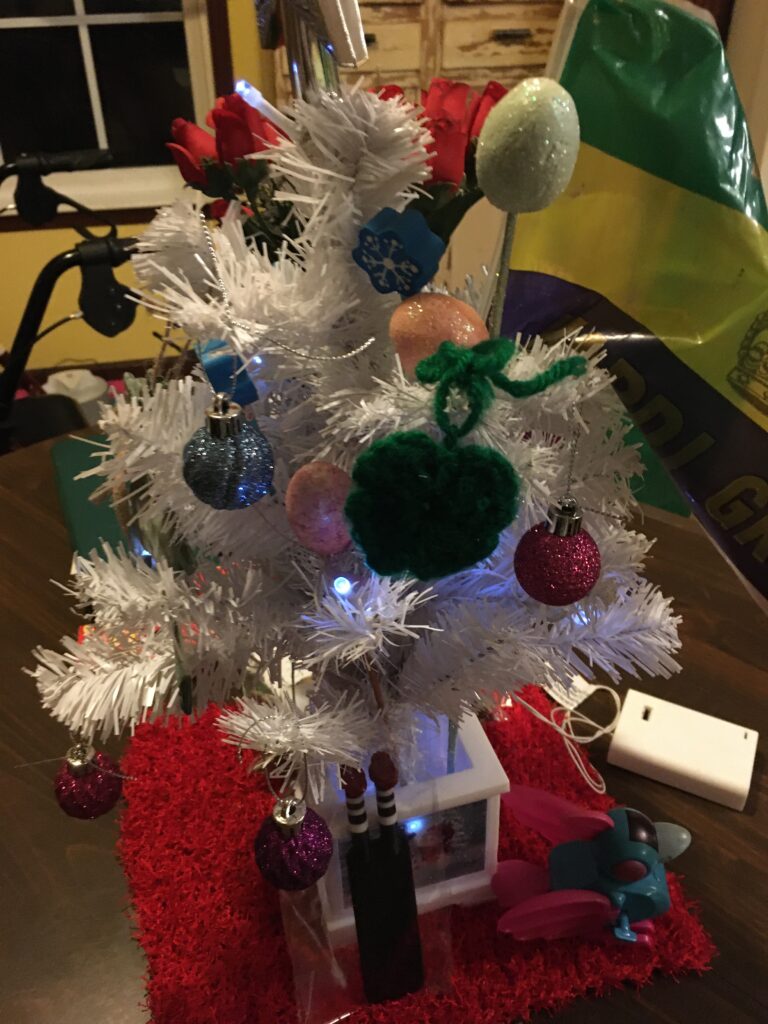The season of Lent began on Ash Wednesday, February 22nd. The Roman Catholic world takes this season as one of repentance and reflection as it moves to Easter. It is roughly a six week period although this year it is seven weeks long. The timing is all about the beginning of Spring, the Vernal Equinox. This year that event takes place on March 20th. However, Lent doesn’t end on that day because the timing is all about not the Solar calendar, or the Lunar calendar. It’s about the LuniSolar calendar.
A LuniSolar calendar combines Lunar calendars and Solar calendars. LuniSolar calendars therefore indicate both the Moon phase and the position of the Sun in relation to the Earth. That means that the Seasonal turns, which are solar based, are reflected as well as the Moon phase. The best example to use to explain how this works is the Christian holiday of Easter and the Jewish holiday of Passover. Roman Catholics and Christian Protestants celebrate Easter on the Sunday after the first Full Moon after the Vernal Equinox. Eastern Orthodox Catholics have a slightly different way to determine when Easter should fall, so they celebrate it usually a week or two after the Roman Catholics. Confused yet? Let me try harder by adding the Jewish celebration of Passover.
Easter is the Christian celebration of Jesus’s resurrection. You may have noticed that it usually falls around the same time as Passover. That is not an accident. Jesus was Jewish and he and his apostles were celebrating Passover when Jesus got arrested and later executed, which led to his resurrection. Passover is the Jewish spring festival. It’s celebration begins on the 15th day of Nisan, typically the night of a full moon after the Vernal Equinox. The Hebrew calendar considers Nisan the first month of the ecclesiastical year. Nisan normally begins between mid-March to mid-April, depending on the Moon phases.
This is how they fall this year:
3/20 – Vernal Equinox;
3/21 – New Moon;
4/5 – Passover;
4/6 – Full Moon;
4/9 – Easter;
4/16 – Eastern Orthodox Easter.
The austere season of Lent ends on Easter, April 9th. The Islamic world also precedes their Spring celebrations with a period of reflection. Theirs is called Ramadan and is also dated around the LuniSolar calendar. Ramadan begins this year on March 22nd. It ends on April 21st in a festival called Eid al-Fitr. They also consider the Vernal Equinox the beginning of the ecclesiastical year.
There is a lot of reflection going on as we here in the Northern Hemisphere wait for Spring to begin, but there are some celebratory moments in this season. The Hindus celebrate Holi on March 8th. It’s a colorful celebration of the coming of Spring. Those of us who are of Irish ancestry, along with many who wish they were at least for the day, celebrate St. Patrick’s Day on March 17th. April 1st is All Fool’s Day, a day to turn the world upside down.
Those of us who celebrate in the pre-Christian or pagan traditions focus on the actual day that Winter becomes Spring, the Vernal Equinox, Ostara. This year our holy day falls on Mach 20th. The Sun moves into Aries on that day, which begins the astrological year. Depending on your time zone, the New Moon falls on the 20th or 21st and shifts into Aries. We pagans like to celebrate Spring so much that we throw in another festival later, Beltaine. The period from April 30th through May 1st is quite a party.
The season prepares us for Spring’s return with a lot of solemn reflection. But a little reflection never hurts. As Wiccan as I am, I always give up one of my many sins for Lent. It all prepares you to be a better person when the new cycle begins.
